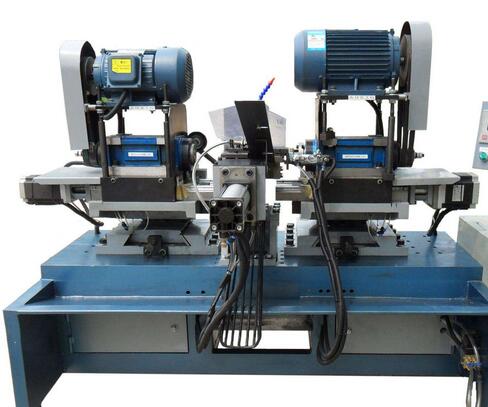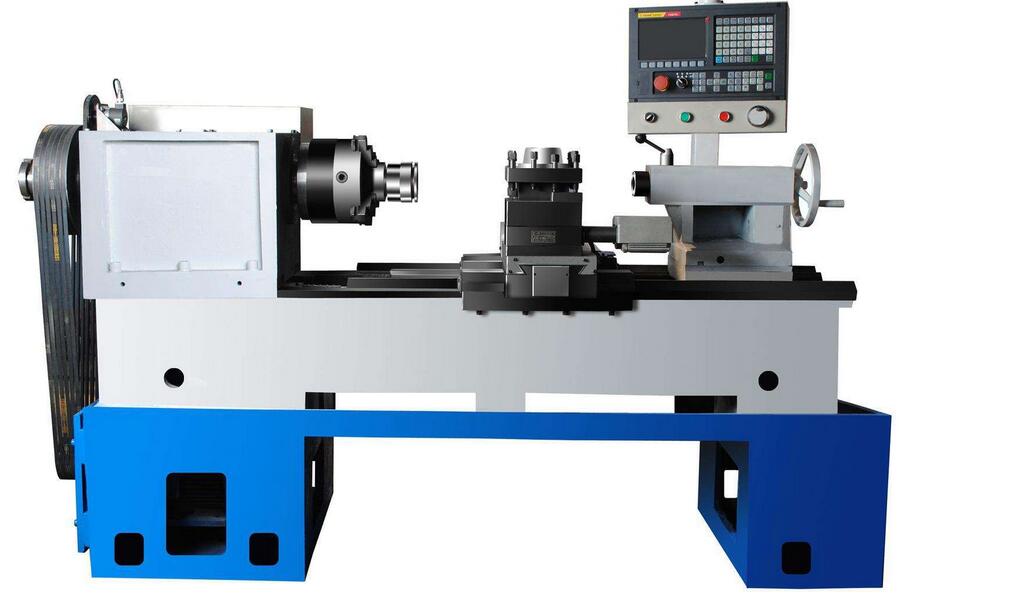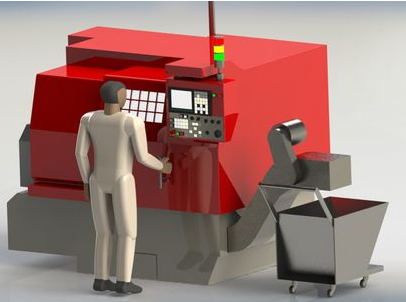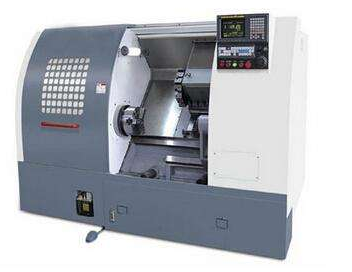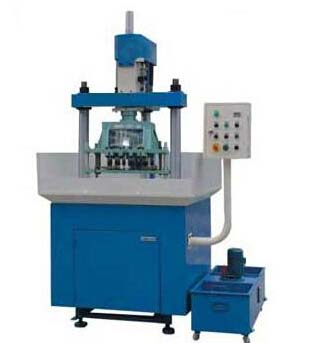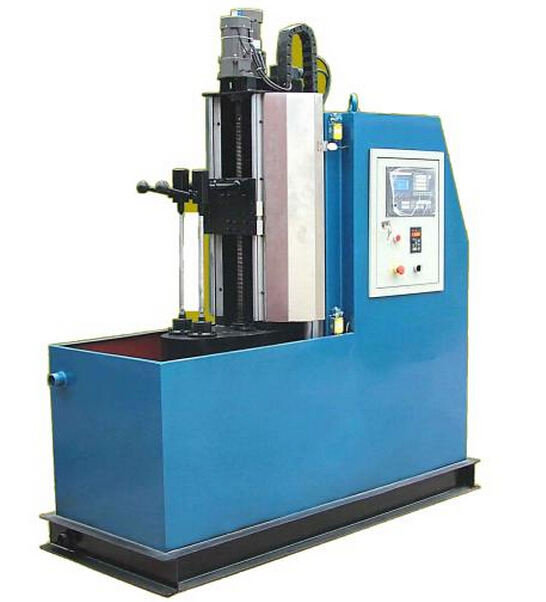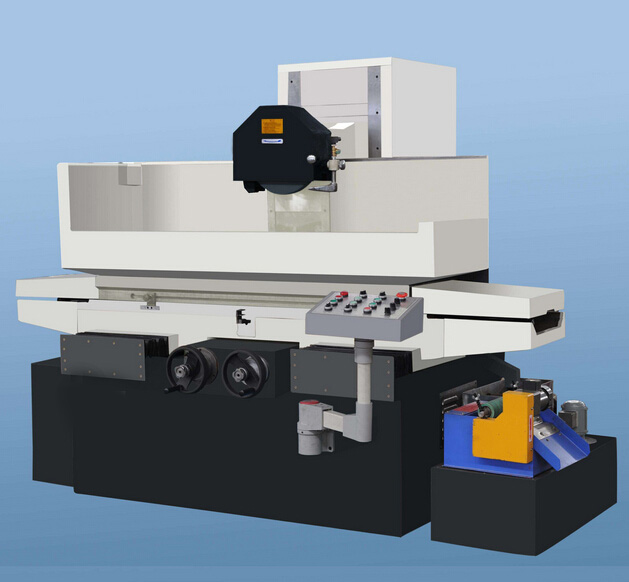The mismatch between advanced five-axis milling equipment and manual grinding and polishing at the process level has become a bottleneck restricting the rapid development of the blade industry. This is particularly evident in the manufacture of large blades represented by nuclear blades and small blades represented by aero-engine blades.
For large blades represented by nuclear steam turbine blades, the volume is huge (the final blade length of CAP1400 PWR nuclear power unit is more than 2 meters in length and weighs more than 280 kg), the profile is complex and the precision is high, and the manual grinding Polishing more and more difficult, inefficient, difficult to ensure the quality of the processing, thus affecting the flow through, affecting the thermal efficiency; In addition, manual grinding and polishing blade consistency is poor, thus affecting the dynamic balance, affecting the safe operation of the unit.
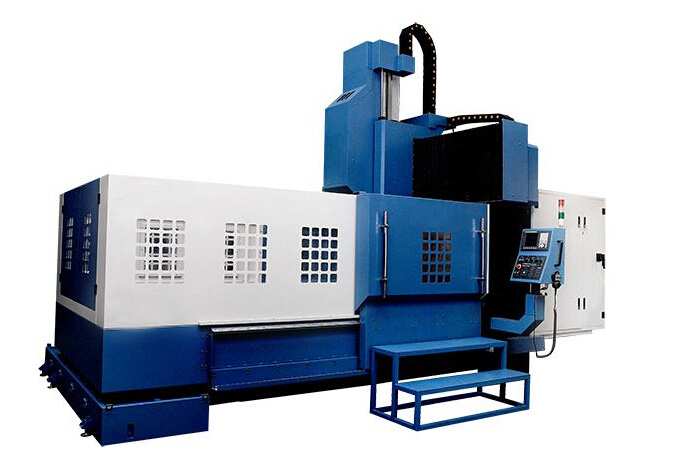
CNC machine tools are known as the manufacturing industry's "brain." With the development and application of computer technology, information technology and automation technology, databases, computers and artificial intelligence are used to evaluate, predict, simulate, optimize and control the grinding process. Through CNC, automation and artificial intelligence technology to improve wheel grinding, belt grinding process, the grinding process can be controlled, stable, environmentally friendly and more suitable for high-volume production.
At the same time, the various parts of the need for polishing machine tool movement, specifications vary greatly, on the same machine to complete different parts of the blade polishing is difficult to achieve. Therefore, multi-station, a variety of processing methods parallel process strategy is more suitable for all parts of the blade polishing.
















 RCCN WeChat QrCode
RCCN WeChat QrCode Mobile WebSite
Mobile WebSite